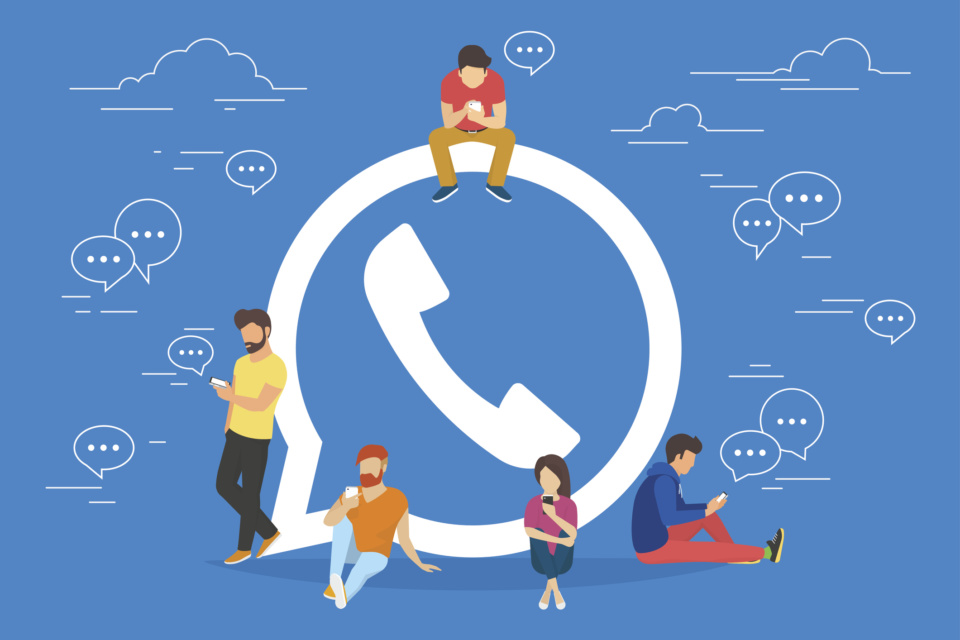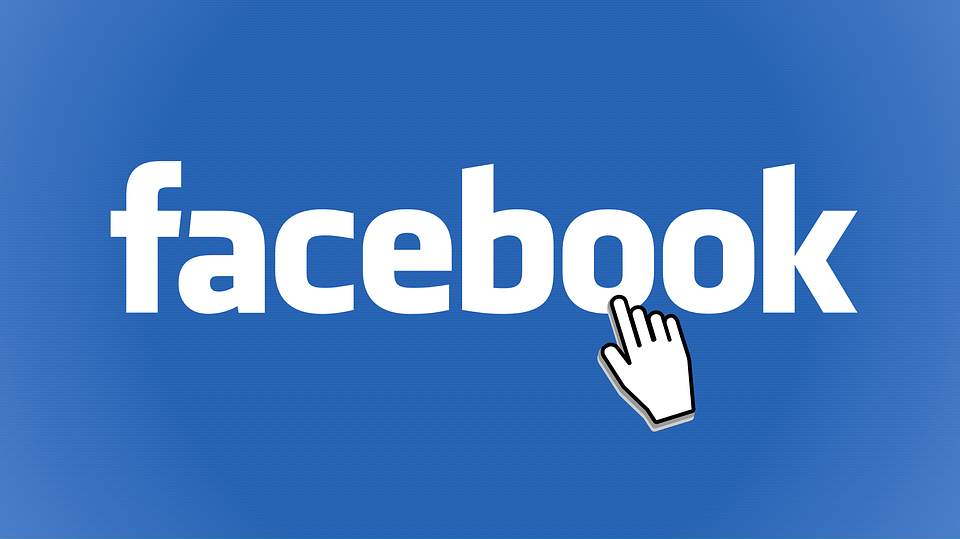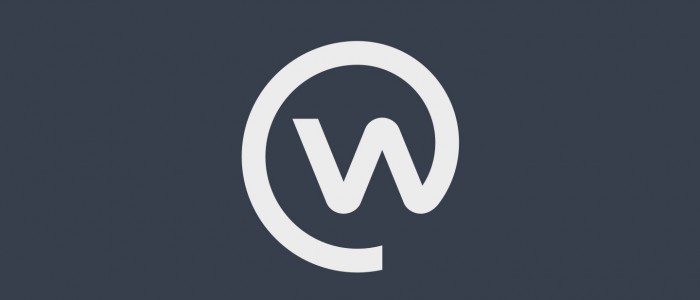What does Workplace look like?
This recently launched offering from Facebook (formally known as Facebook at Work) is a mobile and web app that aims to keep team members connected and encourage working ‘from anywhere’. The service is part social network, part messenger, and part productivity tool for teams and includes features like Facebook Groups, Facebook Messenger, built-in audio and video calling, events, and live video tools.
A Workplace account is only visible to people in the same company and is not connected to users’ existing Facebook accounts. An organisation has to be signed up for an individual to use Workplace.

Born out of the idea that more than 1.7 billion people already know how to use Facebook, Workplace, which works much in the same way, will be easy to learn and use.
The new platform is ad-free, unlike the existing Facebook platform we’re all used to. Instead, businesses sign up as an organisation and pay a monthly fee based on the number of users. It’s free for nonprofits and educational institutions.
Three main features of Workplace:
1. Personalised news feed
Much like our personal Facebook accounts, Workplace has a live video and news feed. Employees can build profiles and see updates from co-workers on this feed.
-
The news feed gathers conversations from all groups, meaning users won’t miss project updates or company announcements.
-
It’s tailored specifically for each individual user.
-
Employees can follow other colleagues to get their updates to appear in your newsfeed, useful for those you work closely with and Facebook’s algorithm will ensure users see posts from those you collaborate with more regularly anyway.
2. Groups
Groups can be used for project teams, but also office or social groups, such as running or football clubs.
-
Users can customize privacy settings to ensure groups can be closed and only accessible to the right team members.
-
Groups enable discussion, with employees able to easily upload photos/videos or documents for feedback.
-
Users can respond to discussions and keep other co-workers in the loop by tagging them into relevant discussions

3. Calls and chat
-
Chat in Workplace connects employees instantly with any co-worker. The features include:
-
Users direct messaging their co-workers.
-
Employees having one to one conversations or group chats, bringing in all the relevant people from a project team.
-
Video calls.
-
File sharing via chat such as videos or documents.
How much will it cost you?
For one to 1,000 active users, Workplace will cost $3 US per user per month. The cost declines with more users, so for 1,001 to 10,000, it’ll cost $2 US, and $1 US for more than 10,000 monthly users.
Who has started using it?
Over 1000 companies across the world have been involved in testing. It’s not just digital companies however, but also more traditional industry giants such as Starbucks and Renault. Non-profits such as Oxfam and Save the Children have praised the “humanizing” effect on colleagues with profile pictures and personal profiles “instead of a name at the end of an e-mail” (Nicci Gregg, global digital strategy manager save the children). The RNIB have stressed how it’s supported their inclusive culture: “Workplace means for the first time all RNIB employees can actively collaborate, participate and share ideas with an improved experience for our blind and partially sighted staff.” (Clive Gardner head of digital and content).
What do Facebook have to say about Workplace?
Julien Codorniou, head of Workplace at Facebook, said in an interview that the tool’s aim is to “connect everyone” in all sorts of workplaces — from desk-bound professionals to on-the-go employees who aren’t always in front of a computer. Mark Zuckerberg says “Everyone’s experience on Workplace will be different, just like everyone’s experience on Facebook is different. But I think Workplace will help more companies create the kind of open culture that encourages people to connect and share.”

Conclusion
So is this part of a larger movement, away from email being the dominant force of business and into a model of corporate communications that more closely resembles out of hours’ native social tools?
With competitors such as Slack, a messaging app for teams, Facebook isn’t the only organisation investing in creating new tools to aid efficiency and workplace communication.

